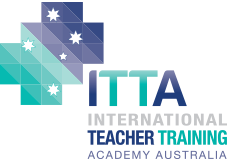TAEDES505A Evaluate a training program
Evaluation varies according to a range of factors. It is the learning itself which is being evaluated, i.e. outcomes are being measured in terms of achieving objectives. Ideally, learning would be being monitored (and perhaps assessed) during the learning process.This allows for changes to be made and errors



1 comment
Jeetech Academy
The Blog is very interesting, Awesome blog !
Thanks for sharing the information !